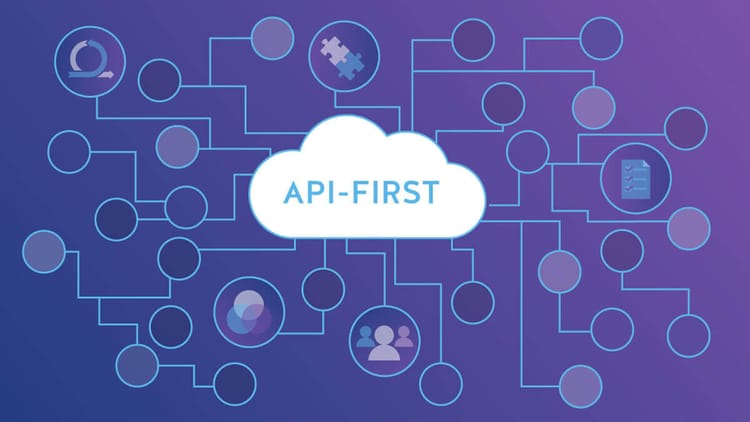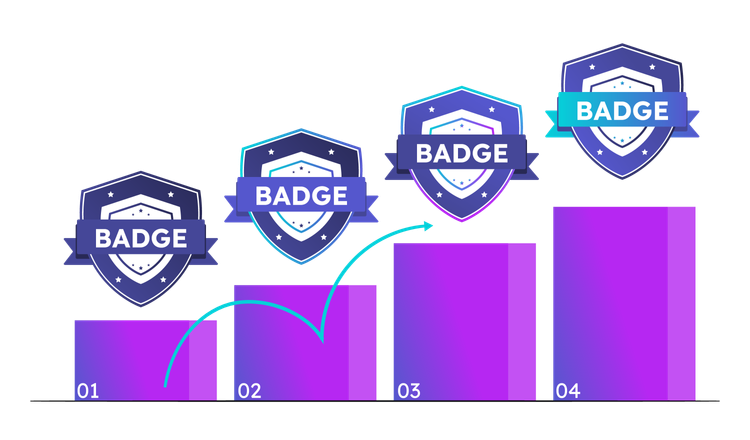How to spot potential problems and Red Flags early in a Partnership

There can often be a lot of excitement and momentum around a new partnership. Ideas are flowing and people are excited to come together to innovate and solve challenges.
It can pay to step back and objectively assess some of the below areas, to get ahead of potential problems, which make it harder to fully realize the value of the relationship.
Assess your Internal Operating Environment
Fundamentally is your company "partner friendly".
Most companies say they are, but don't always operate in a way that sets partnerships up for success. Watch out for some of the below:
- Wanting to build everything ourselves / in-house
If your culture is one that believes you build the absolute best products, and there is little room for partners to innovate it can be really challenging to recruit and retain new partners. Keep looking for signs of this attitude and work to change it. - Partners / API are an after-thought
If the API that partners use to integrate with you, is the last thing your product teams think about, you may have a problem. Try and work with product teams to elevate the importance of the APIs to equal any of the core product and platform services they own. That means good documentation, change management, service management and communications. - Partners as Competitors
Some internal teams may see partners as being competitive in some way. You need to work with those teams to show the value partners can bring but also show how they can help achieve their goals. For sales teams this could be business acceleration with a customer, for product teams it could be rapid adoption of new products. Find out what matters to those individuals and show how partners can help.
Assess "structural differences" in how your company and a partner operates
In a general sense, having partners that are different to you, can be a great thing. It can help both sides win new business, enter new markets, fill product gaps, etc.
This can break down if there is not alignment in some key areas:
- Are you sales or product-led companies?
There are a few angles to look at this topic from:
Do you focus on Enterprise sales or SMB?
Do you have large sales and success teams or a self-serve go-to-market model?
Do you both have a high-touch approach for larger customers?
Having big differences here can be challenging to work through, unless both parties are willing to make some big changes in how they operate, to make the partnership a success. - How do you build products?
Do you both run agile development, ship quickly and iterate?
Does one of you want to release a polished integration before investing in growth and marketing?
Does one of you build custom features for large customers but the other partner build for larger audiences?
Big differences in your product design and development approach can be a red flag that is worth exploring in detail. If one of you wants to move fast and iterate, but the other does not, or cannot, it can lead to frustration for everyone. - Do you have complimentary products? Will 1 + 1 = 3?
This can be hard to objectively quantify with data, but some signals to look out for are:
- Do you see strong customer usage across platforms?
- Have customers installed integrations from similar partners?
- Have customers been asking for this integration directly?
It can be easy to be swept up in the "big vision" for a new partnership, but looking at this kind of data can really help decide where to make your investments.
Nice to have (but not deal breakers)
- Executive "alignment"
Some partners want to get the execs in the room to spar and commit to the relationship. While it can be helpful to have built relationships here to unlock resourcing, or deal with challenges, it should almost never be a deal-breaker.
If the audience, opportunity, demand and integration quality are not there, having strong exec relationships will not help.
If you enjoyed this piece, please share it. Thanks. 🙏




